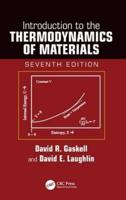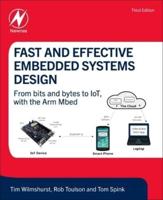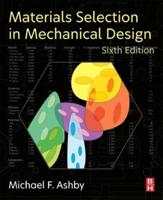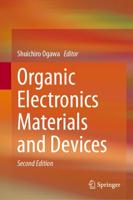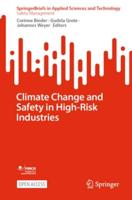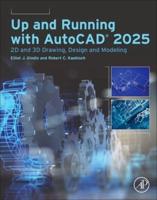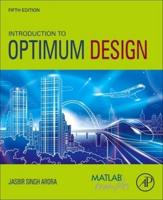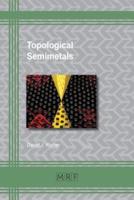Publisher's Synopsis
The definitive work on stress concentration, revised and updated
This Second Edition features The most comprehensive reference of stress concentration factors available in a single volume
A program disk containing factors and formulas that can be adapted to any user′s needs
The most up–to–date computer–generated graphs available, illustrating each stress factor
Formulation of finite element analyses of stress concentrations that permits analysis of any geometry
The how–to′s of effective computational design that will result in reduced costs, lighter products, and improved performance
The use of computers in the design of mechanical or engineering structures and machinery has had a tremendous impact on virtually every product or structure subject to environmental or use–related stress––from nuclear equipment, deep–sea vehicles, and aircraft to space vehicles, underground tunnels, and turbines. But the sheer volume of stress concentration data is now so large that users may have difficulty integrating this information efficiently into design applications.
Peterson′s Stress Concentration Factors, Second Edition establishes a system of data classification for all of the applications of stress and strain analysis and expedites their synthesis into CAD applications. Substantially revised and completely updated, this book presents stress concentration factors both graphically and with formulas. It also employs computer–generated art in its portrayal of the various relationships between the stress factors affecting machines or structures. These new charts provide a visual representation of the machine or structure under consideration as well as graphs of the various stress concentration factors at work. They can be easily accessed via an illustrated table of contents that permits identification based on the geometry and loading of the location of a factor.
The accompanying disk contains a computer program that provides the more commonly used factors, and the book offers many new examples of the calculation and use of these factors. A new chapter is devoted to finite element analyses of stress concentrations, as well as effective computational design. It explains how to optimize shape to circumvent stress concentration problems and how to achieve a well–balanced design of structures and machines that will result in reduced costs, lighter products, and improved performance.
Peterson′s Stress Concentration Factors is an essential addition to the professional libraries of engineers and designers working in the automotive, aerospace, and nuclear industries; for civil and mechanical engineers; and for students and researchers in these fields.

